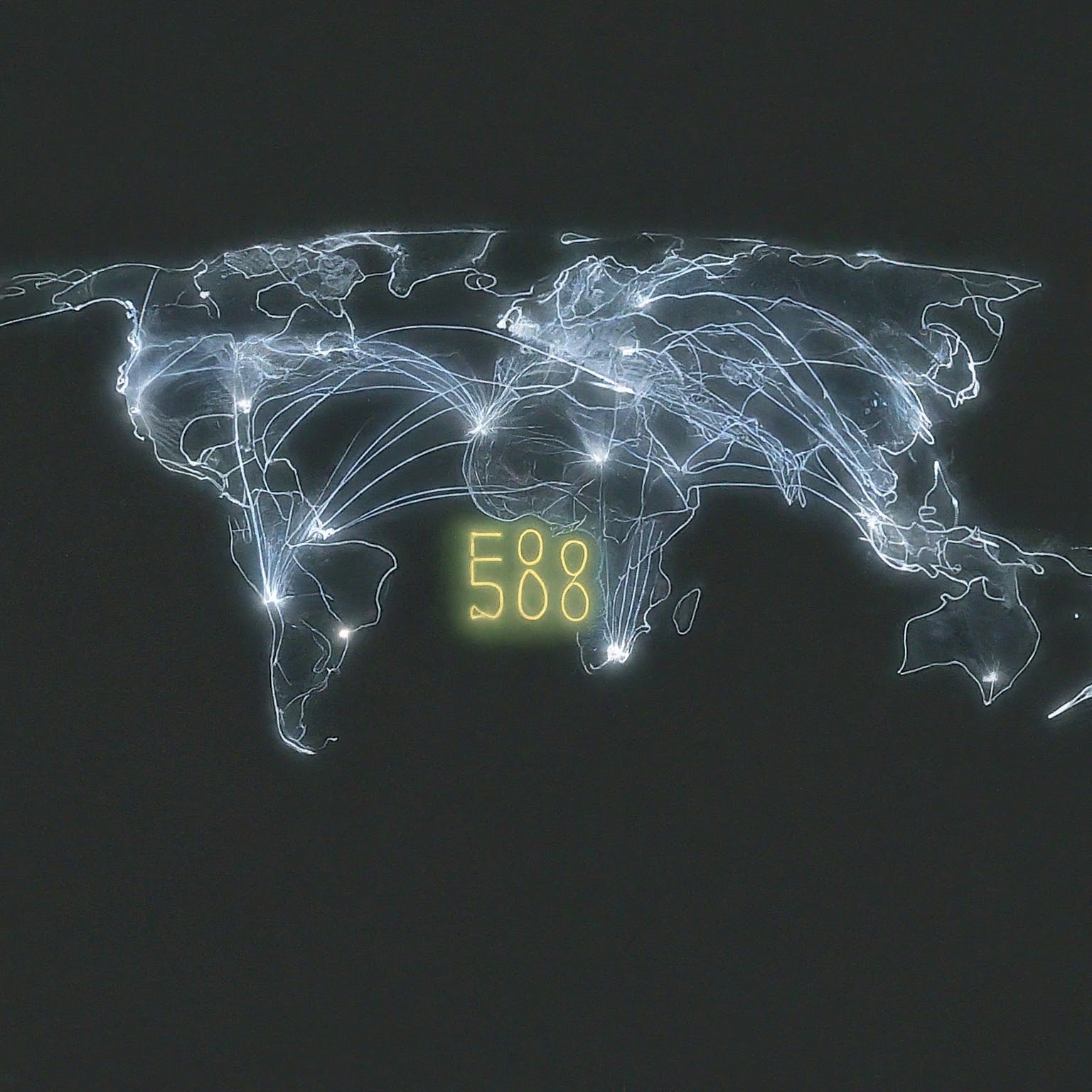Have you ever encountered a phone number with the area code “588”? Unlike traditional area codes tied to specific locations, the 588 area code falls under a different category within the North American Numbering Plan (NANP). This guide delves into the world of non-geographic numbers, explaining what the 588 area code signifies and how it functions.

Unveiling the NANP and Area Codes
The North American Numbering Plan (NANP) is a system that administers phone numbers across the United States, Canada, some Caribbean territories, and parts of the Pacific Ocean. It allocates unique ten-digit phone numbers to ensure seamless communication across these regions.
A crucial component of the NANP is the area code. These three-digit prefixes designate geographic regions. For instance, the 212 area code is associated with New York City, while 312 represents Chicago. However, not all area codes follow this geographical classification.
The Rise of Non-Geographic Numbers
With the ever-growing demand for communication services, the NANP has incorporated non-geographic area codes. These codes are not tied to specific locations but serve specialized purposes within the telecommunications landscape. The 588 area code is a prime example of a non-geographic area code.
Decoding the 588 Area Code
The 588 area code is designated for special services within the NANP. These services encompass a wide range, including:
Toll-free numbers: These are phone numbers with prefixes like 800, 855, or 888, which allow callers to reach businesses or organizations without incurring long-distance charges. There’s a possibility that the 588 area code might be used for toll-free services offered by specific companies, though this is not as common as the traditional toll-free prefixes.
Voice over Internet Protocol (VoIP) services: With the rise of VoIP technology, which transmits voice calls over the internet, the 588 area code might be used by some VoIP providers to route calls. This is because VoIP services often don’t have a physical location and require non-geographic numbers.
Non-geographic call centers: Businesses with geographically dispersed call centers might utilize the 588 area code for their customer service lines, allowing for more flexibility in routing calls without a specific location association.
It’s important to note that the specific services associated with the 588 area code can vary depending on the provider. If you encounter a phone number with the 588 area code, it’s always best to research the organization or service behind the number to understand its purpose.
Identifying Non-Geographic Numbers
Here are some key indicators that a phone number belongs to a non-geographic area code, including the 588 code:
No Geographic Connection: Unlike traditional area codes linked to specific cities or states, non-geographic codes have no geographical association.
Presence of Vanity Numbers: Non-geographic numbers are sometimes used for vanity numbers, which are memorable phone numbers that spell out words or phrases. While not exclusive to non-geographic codes, their presence can be a clue.
Area Code Availability Check: Several online resources allow you to check the origin of an area code. These tools can help determine if the code is geographic or non-geographic.
Cautious Considerations with Non-Geographic Numbers
While non-geographic numbers offer advantages for businesses and service providers, some potential downsides exist:
Potential for Scams: Fraudsters may sometimes utilize non-geographic numbers to mask their location and appear more legitimate. Be wary of unsolicited calls from unknown numbers, especially those with non-geographic area codes.
Higher Costs: Calls to non-geographic numbers may incur higher charges compared to calls within your local calling area. It’s wise to check your phone plan details to understand any potential cost implications before dialing a non-geographic number.
Conclusion
The 588 area code serves as a representative of the non-geographic numbering category within the NANP. Understanding the purpose and implications of non-geographic area codes equips you to make informed decisions when encountering phone numbers with these prefixes. By staying informed and exercising caution, you can navigate the world of non-geographic numbers with confidence.


